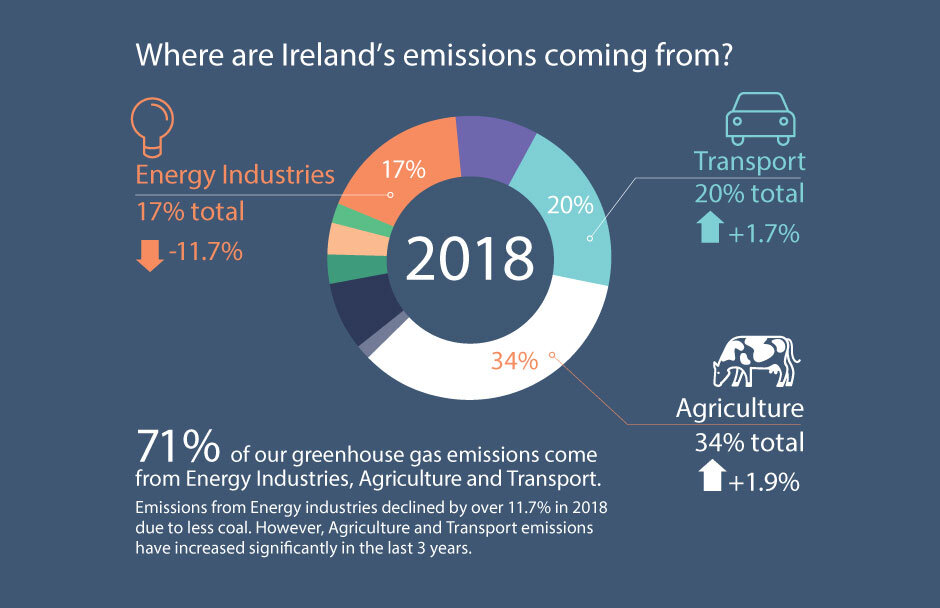
Understanding “Astongate”
Another brand embroiled in disinformation campaign
Last week an erroneous story came to light in The Times newspaper which made highly misleading claims about the CO2 emissions created during the manufacturing of electric vehicles, and which flew in the face of academic studies on the subject.
Coverage of this report – which claimed that EVs needed to drive 50,000 miles to offset the emissions of their manufacture, when the figure is much closer to 16,000-18,000 miles (25,700-30,000km) depending on the vehicle – led to widespread derision from the research and EV communities alike.
However, over the weekend new information about this report – particularly its author – has come to light, highlighting yet another brand engaging in disinformation to maintain both the status quo and their profit margins.
Dubious “study”
The report received a broad range of coverage in leading UK newspapers on the day that the press release was issued, which clearly stated that the study was commissioned by Honda, Aston Martin, Bosch and McLaren and only focused on one vehicle.
While it may appear strange that this organisations collaborated on a study of one vehicle, there is one thing that connects the car manufacturers involved; they have all fallen behind their competitors and new market entrants in producing electric cars.
In fact, Aston Martin very publicly cancelled its electric car plans earlier this year as the company faced financial collapse before being bought out.
Furthermore, the purported study only looked at the emissions created during the production of one car – the Polestar 2, a luxury saloon car. This hardly provides a cross-section of EVs across the industry and exposes the bias of this report – which was clearly not independently verified in the same way that the University of Liege’s study was, which concluded that the average EV will offset the emissions from its manufacturer after driving 30,000km (18,640 miles).
For clarity, using the verified study’s data, it would take less than two years for the average Irish driver to offset the emissions from their new electric vehicle, according to the Central Statistics Office.
Unveiling the truth
Aston Martin’s non-abandoned Rapide E, which was set to become their first electric model
With their interest piqued by the widespread coverage of this seemly erroneous study, Auke Hoekstra, Senior Advisor on Electric Mobility at the Eindhoven Technical University, and Michael Liebreich, Founder of BloombergNEF and host of Cleaning Up, started investigating – and published their findings in a compelling Twitter thread.
Within a short space of time Hoekstra had debunked much of the report, demonstrating the numerous errors and biased used to get to the misleading mileage included in the report, including overlooking the emissions generated in the extraction, refining and transportation of petrol and diesel – a common trope in greenwashing by Irish fuel brands.
However, the story took an unexpected twist when Hoekstra and Liebreich investigated the communications company behind the report: Clarendon Communications.
A quick assessment of their website and social media channels quickly demonstrates that this is a shell company rather than a legitimate business. However, Liebreich found that Clarendon Communications was registered on UK Companies House and listed Rebecca Caroline Stephens as its Director.
Copy of Clarendon Communications listing at UK Companies House. Credit: Michael Liebreich
Coincidentally, the only engagement on the company’s LinkedIn page also came from a Stephens – James M Stephens, Director Global Government & Corporate Affairs at Aston Margin Lagona.
After further investigation, Liebreich found that the property that Clarendon Communications lists as its business address is registered jointly to James Michael Stephens and Rebecca Caroline Stephens.
This is where the trail has gone a little cold for now – and there has been surprisingly little media coverage of this situation, particularly given the prospect of their a potential conflict of interest behind this misleading report.
We have reached out to Clarendon Communications, Aston Martin and the other parties involved in this case and will provide updates should any new information or comment come to light.
What is clear at this point, if nothing else, is that the report was not only inaccurate, but also misleading. This is why we have called for greater media accountability when it comes to reporting on issues around the climate crisis, such as the automotive industry.
Why does this matter?
With just seven years to avert the worst-case climate crisis scenarios, we find ourselves at the most critical time in human history – with the opportunity to save our species and the wider world around us, or to continue the terminal destruction of our planet.
Many brands around the world – particularly those in the oil industry, or which directly use their products – have a vested interest in the status quo. In the automotive industry, it is still cheaper to produce a diesel or petrol vehicle due to the research and development costs associated with creating an EV, even if these costs are coming down rapidly and will be negated if manufacturers commit to higher EV production levels.
This can be clearly seen in our articles about ICCRA, an organisation which represents Irish car dealerships, and which is lobbying to delay emissions regulations by a decade to increase profit margins.
Yet the transport sector is one of the biggest emitters of CO2 worldwide, and accounts for 20% of all emissions in Ireland.
In the meantime, more than half a million people are dying prematurely in the EU each year due to air pollution – 1,300 in Ireland – and we are seeing the widespread destruction of nature and ecological systems on an unprecedented level since human existence began.
Further information
A breakdown of where Ireland’s emissions are coming from. Credit: CIE
For more detail on this story, we highly recommend reading Michael Liebreich’s first-hand account of how the story of Astongate unfurled.
In his summary, Liebreich lists a number of key questions on the potential far-reaching implications of this story which we’d highly recommend reading.
You can also check out Auke Hoekstra’s brilliant and insightful Twitter thread on their investigation here.
What To Read Next
Media Accountability: Cars & Climate Change
It’s time for the media to report on the health & environmental impact of cars, as a leading contributor to climate change
The Rise of Greenwashing
We investigate the rising culture of greenwashing amongst Irish brands who are using PR to appear "green" in order to increase their profits - while placing the onus for climate action on their customers






